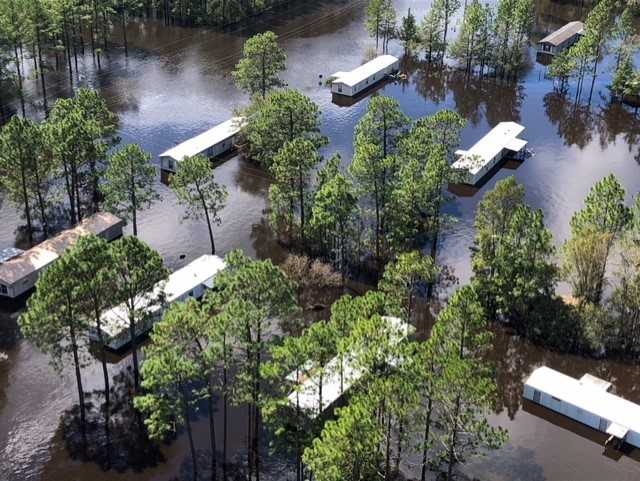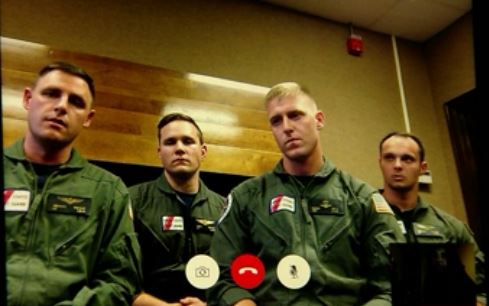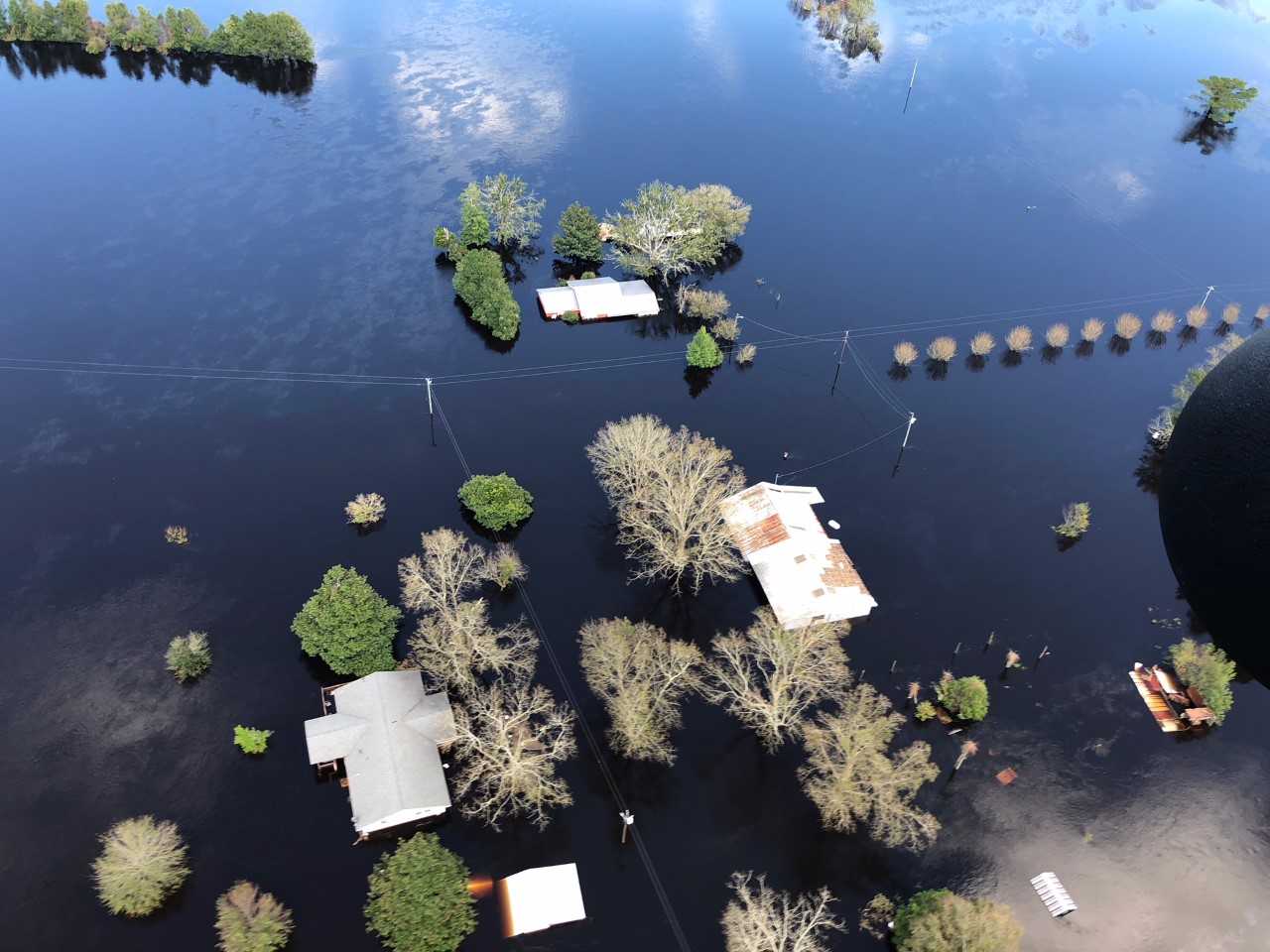PORTLAND, Ore. (KOIN) — High above the flooded, murky North Carolina streets, a baby, rescued moments before, fell asleep on Tuesday inside an Astoria aircrew’s helicopter.
“That baby had no idea what was going on,” said Jason Frayne, eliciting a slight chuckle from his fellow crew members at the irony of the situation, “No idea what danger it was in.”
It’s moments like these for the four-person Coast Guard aircrew, normally stationed in Astoria, that have made their experience rescuing those from Hurricane Florence so rewarding. But a mission like this has provided other feelings, too.

“It’s been extremely heart-wrenching knowing that so many people lost loved ones and so many people lost a lot of property,” said Lt. Patrick Wright, the crew’s commander, via a FaceTime interview from North Carolina. “(Some people) lost pretty much everything and will have to start over.”
This isn’t a normal objective for the crew. They’ve done plenty of search and rescue operations that involve one mission, one location and one task. This mission, however, is lengthy and widespread.
It began on Sunday when the crew took a red eye to Norfolk. After they landed, at approximately 9 a.m., they got in a car and drove to their station in Elizabeth City. They got in the air on Tuesday morning and worked for nearly nine hours.
In that time, the crew performed multiple operations, rescuing 19 people and 10 animals. Most people, according to pilot Lt. Derrick Rockey, would congregate to the few dry patches and wave white shirts to flag crews down. One dry patch even ended up being in someone’s backyard, Wright said.
Other rescues weren’t so simple. While in the air, Rockey and the rest of the crew had to navigate through air traffic and power lines. But that doesn’t encompass all the rescue challenges.
Christopher Hale is a rescue swimmer with the crew. And in waters that are roof-high, there’s plenty of room to swim. There’s also plenty of unknown. During floods, the waters accumulate sentiment and debris.

“It’s really murky,” Hale said. “You can’t really see beneath you.”
That persents a problem for Hale. The waters are unsanitary, he said, and dangerous. Metal and other sharp objects could be hiding underneath, along with animals who have taken refuge inside homes to escape the floods. Hale said wild boar, fire ants and a plehtora of different snakes known to the area could complicate the mission.
“You have to be careful where you’re stepping,” Hale said.
But the physical challenges don’t even compare to the emotional toll of the mission, Hale said, speaking for the rest of his crew. It’s something they couldn’t prepare for, he said.
“We flew about 8.5 hours and I think we would’ve continued all day and night if we really needed to,” Hale said. “Just emotionally, to be exposed to the amount of heartache that people experience in conditions like a natural disaster, it’s tough to comprehend if you’re not seeing it firsthand. It’s one thing to see it on TV and think, ‘Wow, that’s really tough,’ but to actually be landing or be hoisted down to these people that have lost potentially everything, it’s something that really tugs on the heart strings.”

The crew’s mission is scheduled to last a week with the option for another week if needed.
